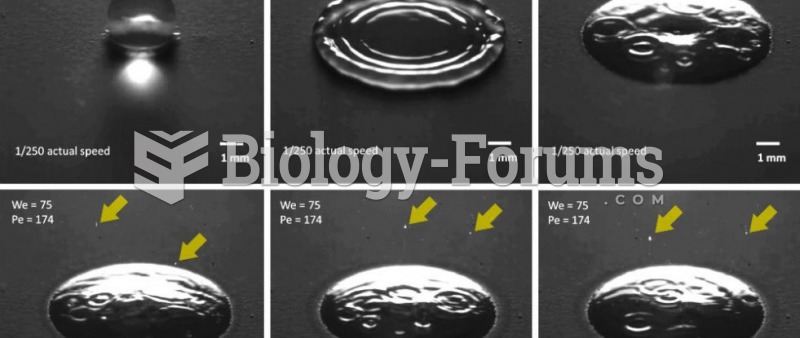Answer to Question 1
(1 ) First, medical care is expensive. The insurance to guarantee medical care is expensive. Social class opens and closes the doors to medical care by making insurance either affordable or provided as a part of employment.
(2 ) Second, lifestyles are shaped by social class. Generally speaking, the higher one's social class, the healthier one's lifestyle. People in the lower social classes are more likely to smoke, eat foods with high fat content, be overweight, abuse drugs and alcohol, avoid exercise, and practice unsafe sex. People in the upper classes are more body conscious, want to make good impressions in social settings, and enjoy the benefits their wealth has provided.
(3 ) Third, life is harder on the poor, more stressful, provides fewer alternatives to solve problems, and creates greater wear and tear on their bodies.
Answer to Question 2
Together the working poor and underclass comprise 20 percent of Americans, ranking next to each other at the bottom of the class ladder. They both qualify as being in poverty, have limited opportunities, are poorly trained for the job market, often are high school dropouts, may be illiterate, are unlikely to be able to resist deferred gratification if they happen upon a wind fall of wealth, and engage in unhealthy practices such as smoking, drinking, and other risk-taking behaviors. The difference in the two classes is the working poor have part-time and even full-time jobs but because of the poverty index, still qualify as being in poverty. For example, a traditional family of five with the father working full-time earning 8 an hour earns about 16,640, well below the poverty line for a family of that size. The working poor create more life opportunities for themselves, are more likely to contribute to the community by being members of community organizations, and may have aspirations that reduce the culture of poverty that traps the underclass in poverty. Those considered working poor are often found among the rural poor and the underclass in urban settings. The working poor are three times greater in size than the underclass.







